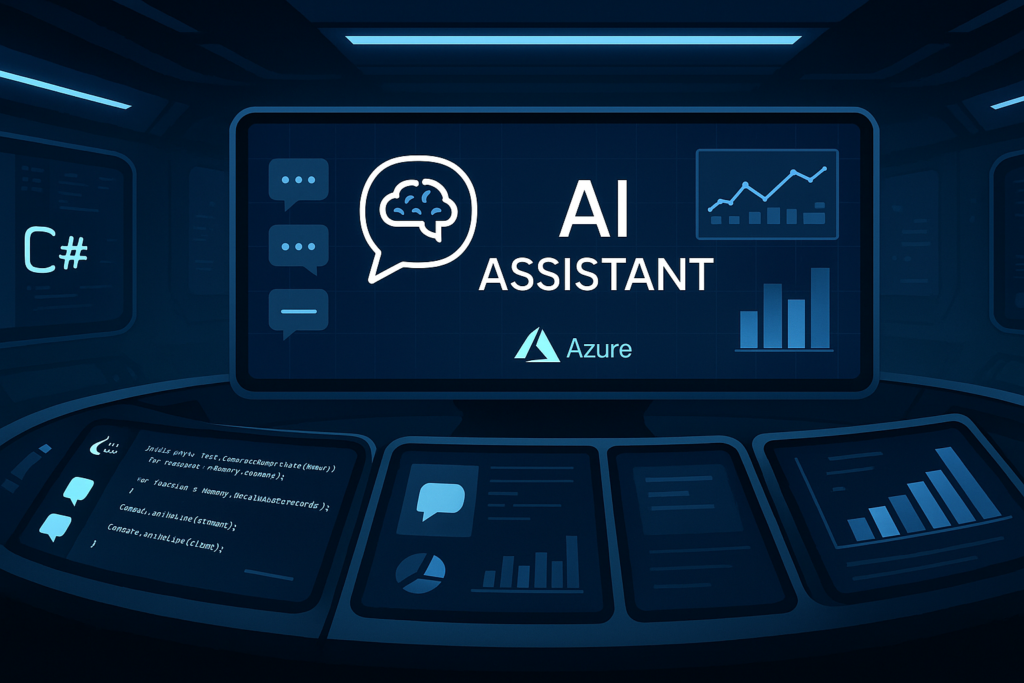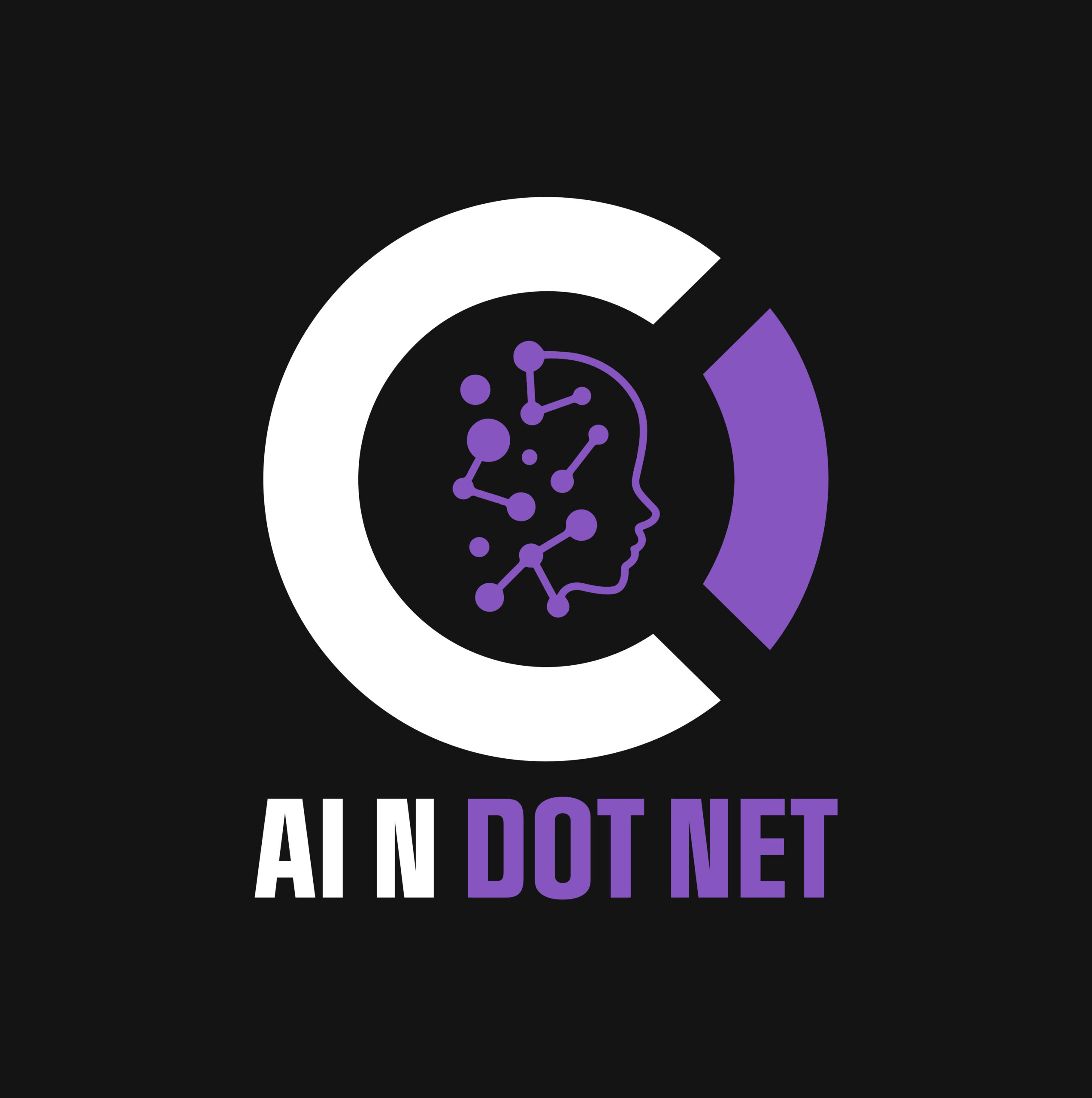The buzz around AI assistants like Microsoft Copilot is everywhere—from boardrooms to developer Slack channels. But what if your organization needs more than Copilot’s pre-packaged help? What if you need a Custom Pilot—an AI assistant deeply integrated into your internal systems, tailored to your workflows, and built on the Microsoft technologies your team already knows?
In this article, we walk through how developers and analysts can design domain-specific AI assistants using the Microsoft stack—especially .NET, Semantic Kernel, and Azure AI—to take Copilot’s value to the next level.
Why Build a Custom AI Assistant Instead of Relying Solely on Copilot?
Copilot is a great start. It integrates well with Microsoft 365 and helps with content generation, summarization, and basic productivity. But it’s a generalist. When you need a specialist—like a finance assistant trained on internal accounting policies or an IT support bot that knows your infrastructure topology—Copilot won’t get you there alone.

Custom AI assistants:
- Embed institutional knowledge
- Enforce your company’s policies and logic
- Interface with internal APIs and databases
- Provide auditability and governance controls
- Can be embedded in .NET apps, intranet portals, or Teams bots
Key Microsoft Tools for Building AI Assistants
Let’s break down the top tools and frameworks that let you build AI assistants from scratch or extend Copilot’s capabilities.
1. .NET & ASP.NET Core
- Use C# to build web APIs, desktop assistants, or integrate into enterprise platforms like Dynamics, SharePoint, and Power Apps.
- You can deploy assistants as Web APIs, Azure Functions, or microservices that Teams, Outlook, and internal tools call.
2. Semantic Kernel
- Microsoft’s open-source orchestration engine for building agent-like behavior.
- It lets you mix prompts, functions, and memory to handle multi-step tasks like “Generate report, email it to Bob, then log the request.”
- Built natively in .NET with support for plugins, skills, and planner modules.
3. Azure OpenAI + Azure AI Studio
- Access powerful models (GPT-4, GPT-3.5) in a secure enterprise setting.
- Fine-tune, deploy, and govern models using Azure AI Studio.
- Integrate embeddings and vector search using Azure Cognitive Search for retrieval-augmented generation (RAG).
4. Power Platform Extensions
- Power Virtual Agents with Azure AI plugins can act as low-code assistants for quick wins.
- Developers can hand off maintenance to analysts once the foundation is built.
Step-by-Step: Designing Your Custom Pilot
✅ Step 1: Define the Assistant’s Role
Start with a tight focus. What task does it automate? Who does it help? What tools does it need access to? For example:
- “An analyst assistant that summarizes 30-page Excel exports into insights.”
- “A developer assistant that generates unit tests from method signatures.”
🧱 Step 2: Build Your Prompt Framework
Use Semantic Kernel to:
- Store reusable prompts
- Chain prompts with native functions
- Add context from files, databases, or previous messages
🔧 Step 3: Wrap Logic in .NET
- Encapsulate business logic using C# methods (Semantic Kernel plugins)
- Use dependency injection and configuration to make skills portable
- Add logging and exception handling for maintainability
🔐 Step 4: Add Security, Compliance, and Observability
- Use Azure API Management to throttle and log requests
- Add OpenTelemetry for traceability
- Integrate with Azure Active Directory for identity-aware experiences
🚀 Step 5: Deploy Where the User Lives
- Web-based? Deploy to Azure App Services or Azure Functions.
- Inside Teams? Use Bot Framework SDK for .NET.
- Inside a CRM system? Embed into Dynamics using Dataverse and Power Platform connectors.
Real Example: Custom AI Assistant for Internal IT Helpdesk

Problem: Employees wait hours for IT support to reset passwords or check system status.
Solution: A .NET-powered assistant using:
- Azure OpenAI to handle natural language
- Azure Function to reset passwords via internal API
- Semantic Kernel planner to interpret user intent and decide on the right API call
- Logging and exception handling in C# for transparency and rollback
Result? IT tickets dropped by 40%. First-response time reduced to 2 minutes.
Tips for Developers and Analysts
- Treat AI assistants like microservices: modular, testable, and secure.
- Analysts can prototype assistants with Power Virtual Agents or Azure AI Studio before developers build robust versions in .NET.
- Always log prompts and outputs—use them to debug and improve.
Conclusion: Copilot is the Start. Custom Pilot is the Future.
As more organizations see AI’s potential, the move from Copilot to Custom Pilot becomes inevitable. Developers and analysts working in the Microsoft ecosystem are uniquely positioned to lead this shift. With tools like Semantic Kernel, Azure AI, and the power of .NET, the next generation of AI assistants won’t just complete sentences—they’ll complete real work.
Want to stay ahead in applied AI?
📑 Access Free AI Resources:
- Download our free AI whitepapers to explore cutting-edge AI applications in business.
- Check out our free AI infographics for quick, digestible AI insights.
- Explore our books on AI and .NET to dive deeper into AI-driven development.
- Stay informed by signing up for our free weekly newsletter

